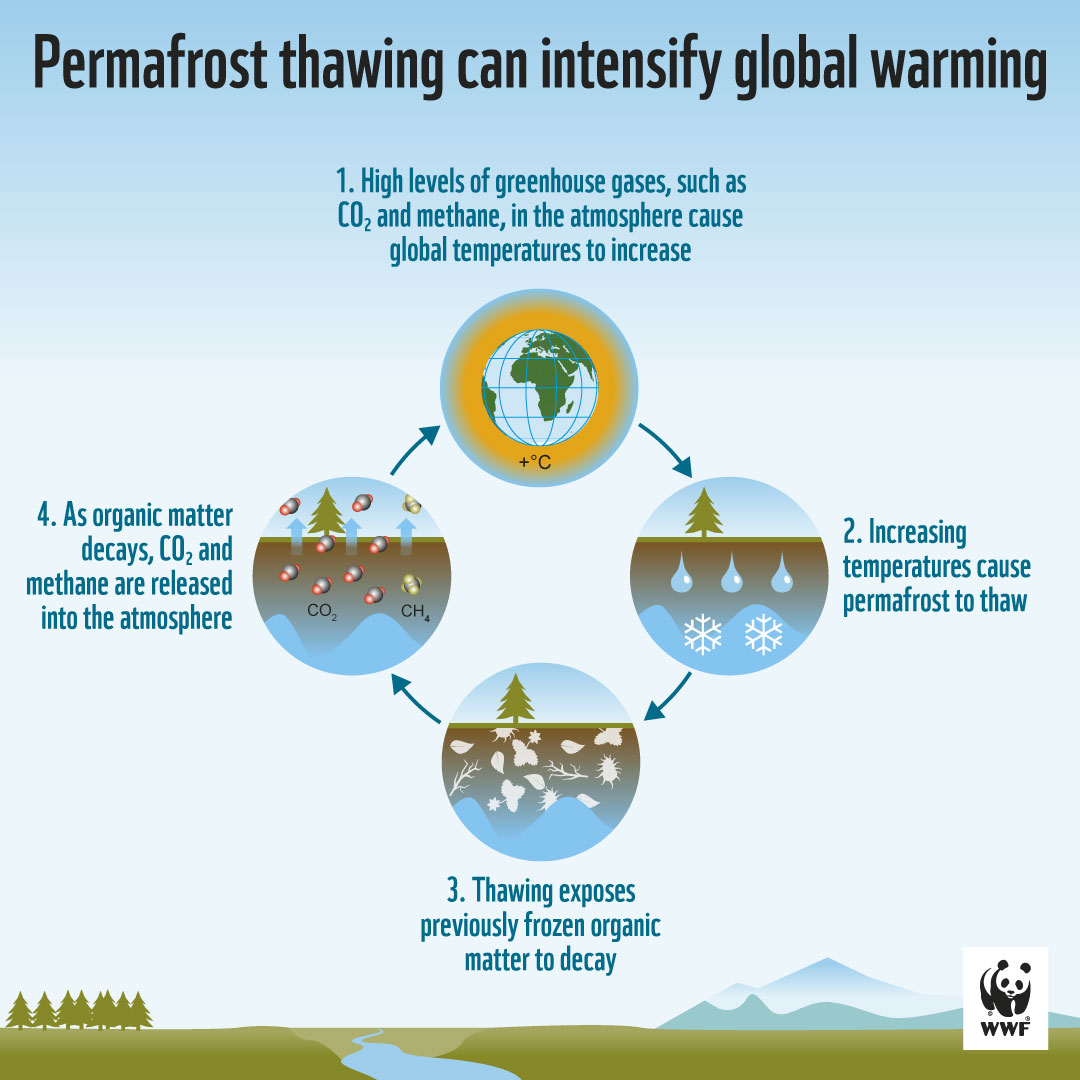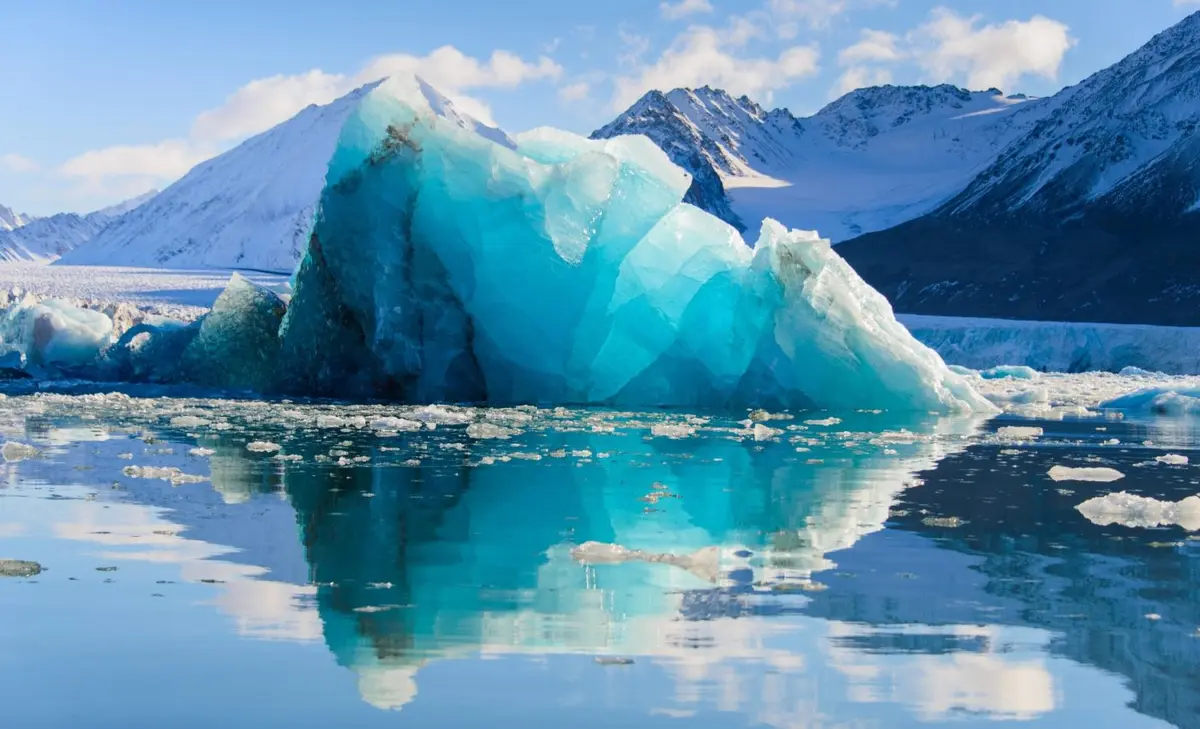Rising temperatures in the Arctic are driving a dangerous climate feedback loop through increasing methane emissions from wetlands, according to recent studies. As warming accelerates permafrost thaw and expands waterlogged soils, methane-producing microbial activity intensifies, releasing more of this potent greenhouse gas into the atmosphere. This process creates self-reinforcing cycles that could push global heating beyond human control if emissions aren’t urgently reduced.
Accelerating Methane Emissions
Methane emissions from Arctic-Boreal wetlands have increased by 9% since 2002, with annual releases now averaging 20 teragrams—equivalent to 55 Empire State Buildings in mass. This surge correlates with Arctic temperatures rising four times faster than the global average. Key drivers include:
- Thawing permafrost: Once-frozen soils now melt seasonally, creating waterlogged conditions ideal for methane-producing archaea.
- Expanding wetlands: Warmer months have seen a 25% increase in Arctic wetland areas since the 1980s due to higher precipitation and meltwater.
- Enhanced microbial activity: Rising temperatures boost metabolic rates of methanogens, while increased plant growth provides more organic material for these microbes.
The Feedback Loop Mechanism
The Arctic’s methane cycle operates through a self-perpetuating process:
- Warming melts permafrost and expands wetlands.
- Waterlogged soils create low-oxygen environments where archaea thrive.
- Methane emissions trap heat, accelerating local warming.
- Repeat: Faster thawing and microbial activity drive higher emissions.
This loop is exacerbated by shrinking seasonal methane fluctuations. Historically, Arctic methane levels peaked in summer and dropped in winter, but emissions now persist year-round as warmer soils delay freezing.

Additional Climate Threats
Beyond wetlands, other methane sources are emerging:
- Glacial meltwater: Rivers from retreating glaciers transport methane previously trapped beneath ice sheets to the atmosphere.
- Subsea permafrost: Thawing underwater deposits could release vast methane reserves stored for millennia.
Methane’s potency—84 times stronger than CO₂ over 20 years—makes these emissions particularly concerning.
Tipping Points and Urgent Actions
The current trajectory mirrors paleoclimate events where methane releases abruptly ended ice ages. Key risks include:
- Hotspot regions: Areas like Western Siberia show disproportionately high emissions, requiring targeted monitoring.
- Record-breaking years: 2016, the warmest high-latitude year since 1950, saw the highest methane emissions on record.
While methane persists only ~12 years in the atmosphere, its near-term warming potential demands immediate action. Researchers emphasize that reducing human-caused emissions (e.g., fossil fuels, agriculture) could quickly curb atmospheric methane levels, buying time to address slower-moving CO₂ emissions.
Conclusion
The Arctic’s methane feedback loop underscores the interconnectedness of Earth’s systems. As wetlands expand and glaciers retreat, natural emissions risk overshadowing human efforts to limit warming. However, the same properties that make methane a urgent threat—its short atmospheric lifespan and ties to controllable sources—also make it a critical

